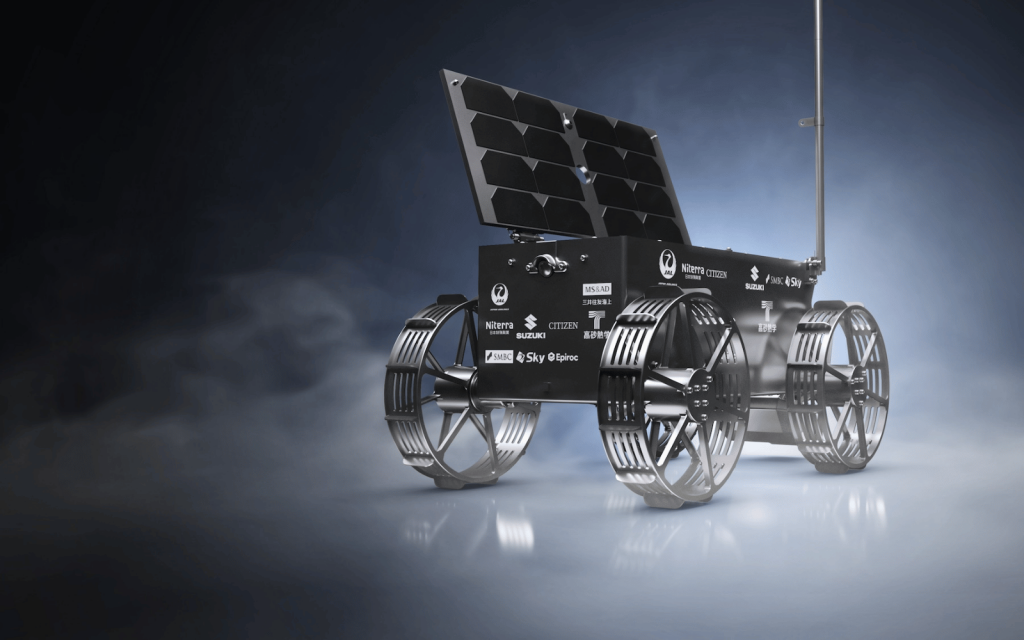Japanese space company ispace may have encountered some of the hazards of space exploration earlier this year when the Hakuto-R lunar mission failed but that doesn’t mean that the folks behind it are giving up. Company head Takeshi Hakamada announced at a recent event in Tokyo that Mission 2 would be taking place shortly. Moreover, it would include a new micro rover for exploring the lunar surface.
Rovers are generally named — Curiosity, VIPER, and possibly Roo-ver (that one’s Australian) — but ispace’s dinky little craft has yet to get a title. The new lander, on the other hand, has. We can expect to see the Resilience lander take flight toward the end of 2024.
ispace ranger
The new micro rover will use carbon fibre construction to permit a weight of just 5kg and a length of a little over a half-metre. For reference, the Apollo rover weighed 210kg and was 3.1-metres long while the most recent Mars rovers weigh about a ton apiece. It will explore the lunar surface with the assistance of a front-facing HD camera and will collect samples of lunar regolith to assist with NASA’s Artemis missions.
Mission 2 will involve more than just adorable lunar RC cars, obviously. Also along for the ride are water electrolyzer gear, a self-contained food production module, a radiation probe from the University of Taiwan, and an alloy plate based on the Charter of the Universal Century. If you’re mystified by that last object, you’re obviously not a Mobile Suit: Gundam fan.
In order to ensure that Mission 2 sees greater success than the ill-fated Mission 1, the folks at ispace are building more robust software controls, improving the landing simulation range, and tweaking the landing sensors. It won’t do any of these projects any good if the lander can’t make it to the lunar surface in one piece, after all.




